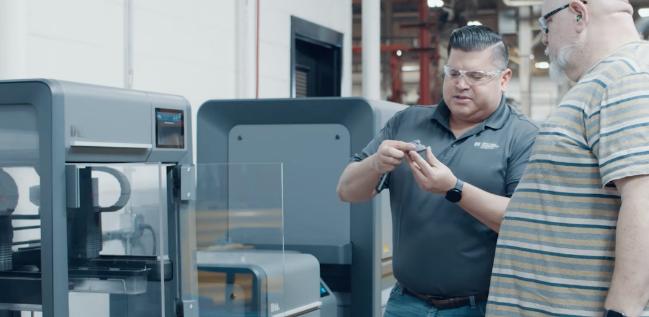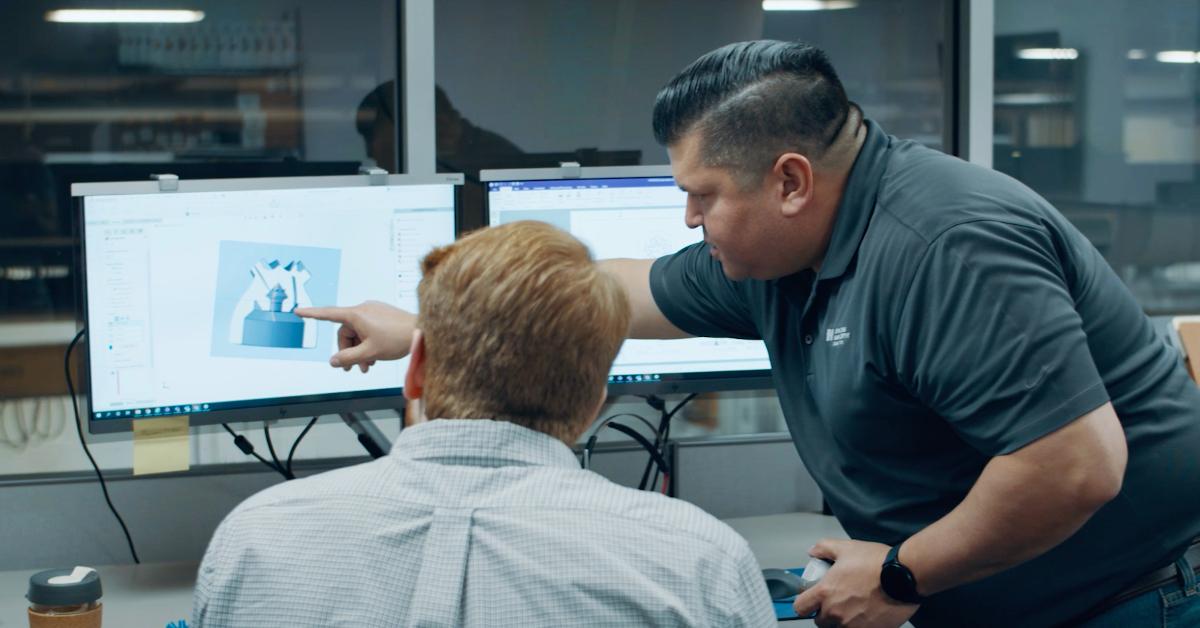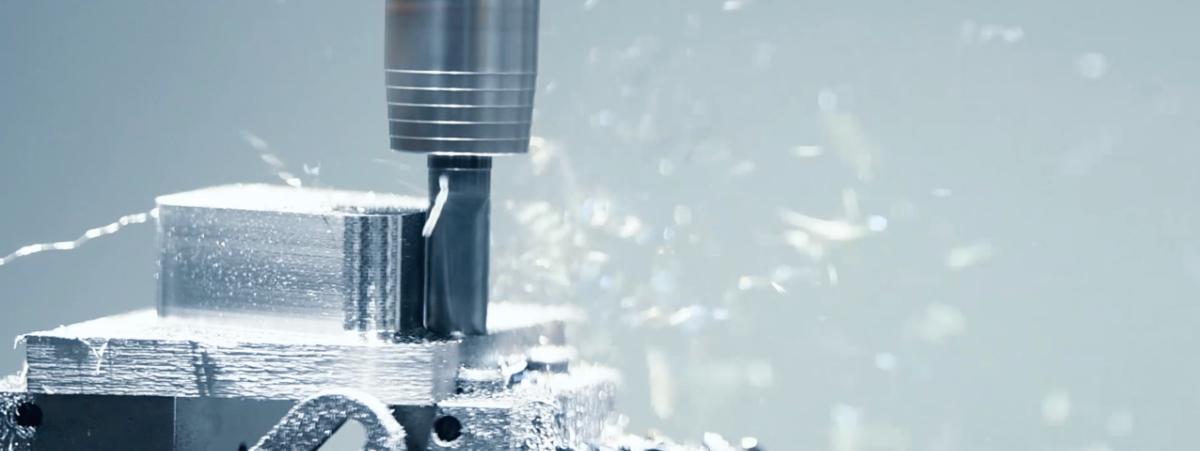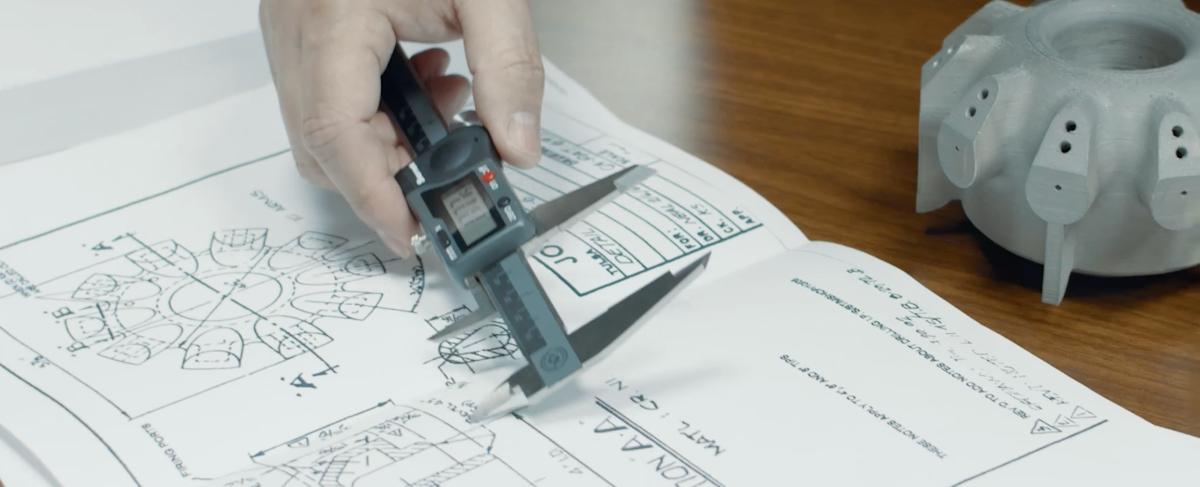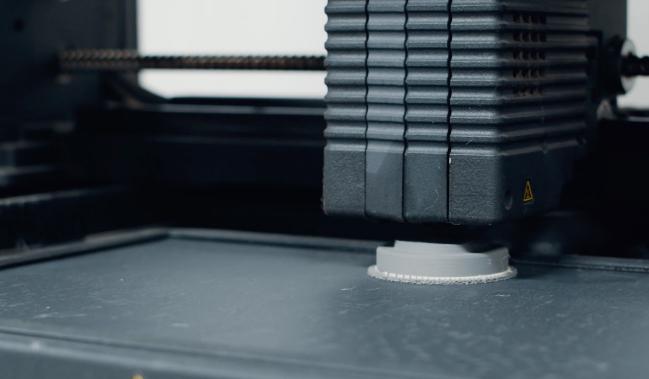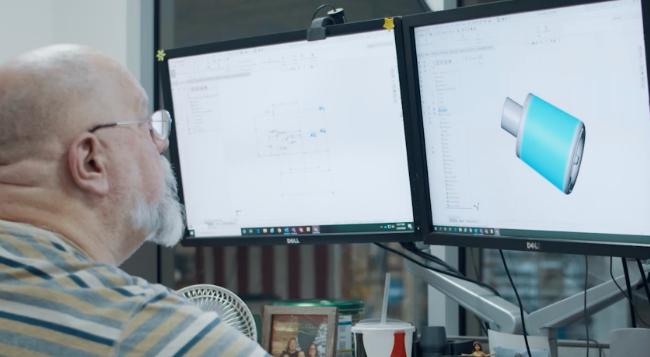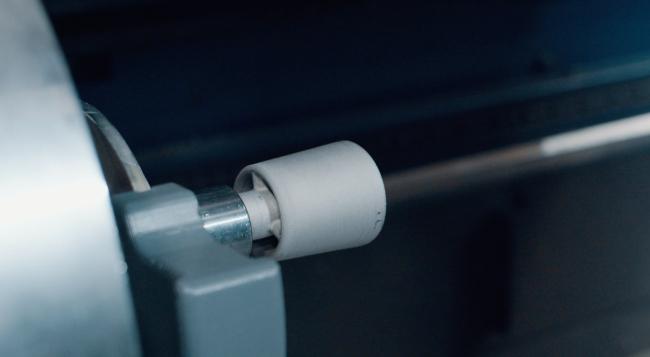The Change Makers: 3D Printing is Transforming Manufacturing Inside and Out at This Koch Company
At John Zink Hamworthy Combustion (JZHC), additive manufacturing isn’t limited to the manufacturing floor. The emissions control equipment company has sprinkled 3D printers throughout its global organization, including installing one in every department of its Tulsa, Oklahoma, headquarters. This 3D-printing initiative gives all employees a chance to see their ideas come to life, layer by layer, whether for personal or business use.
The employees at JZHC, a Koch company, haven’t been shy about experimenting with this new technology across a wide variety of applications and innovations. One machinist designed a handle to help him load heavy tools onto a lathe. An IT analyst is making face shields for use by medical personnel dealing with COVID-19. And another team printed a part for a customer’s industrial flare that hadn’t been manufactured in decades. 3D printing is transforming JZHC’s design and manufacturing processes, allowing for even more innovative solutions to help manufacturing facilities around the world reduce their emissions.
For JZHC employees, the 3D-printing program has spurred creativity, a reimagination of what industrial design can accomplish – and provided a new, exciting challenge.
“Mechanics is art. When I see my mechanics working together, it's like a mechanical dance,” says Guy Johnson, a manufacturing design specialist with JZHC since 1989. Guy applies a passion for building, creating and improving to everything he touches at JZHC. “I'm going to try to use the printer to design things that I know I can't with our traditional machines or with sheet metal.”
While many of the products you use rely on JZHC’s equipment, you’re unlikely to ever directly encounter them in everyday life. They’re highly customized burner tips for industrial flares, thermal oxidizers and boiler burners, among others, used in the process of making things like electricity for your home or the fuel that powers your vehicle. The variety of products the company makes ranges from those that can fit in the palm of your hand to structures hundreds of feet high. All are designed to reduce, capture or destroy harmful emissions before they ever leave a refinery or plant.
Like much of industry, most of JZHC’s work involves traditional “subtractive” manufacturing – removing material from a solid block of material, such as drilling holes or cutting away material, to achieve the shape and structure needed. The company’s facilities are filled with the types of machines — lathes, CNC mills, laser cutters — that manufacturing companies around the world have used for decades.
But now, JZHC has installed 3D printers at many of the company’s offices around the world to encourage everyone to give them a try. Some of these new machines use “ink” that is plastic — making it easier for employees to experiment and learn the fundamentals of 3D printing as they test ideas and prototypes. Others print objects in metal using Desktop Metal's Bound Metal Deposition™ process, which extrudes metal powders and ceramic interface layers onto the print bed. Metal printers allow for complex geometries such as curved interior channels and pathways that would be difficult or impossible to cast traditionally — all with the structural soundness of traditionally manufactured parts.
From the Desktop to the Factory Floor
Bert Riojas, a JZHC manufacturing engineer, knew there was a better way than the team’s current process of grinding off the buildup left over after laser cutting a particular type of industrial tubing.
He collaborated with Guy Johnson, who suggested a design for a nozzle that would not only protect the part during laser cutting, but also help keep it clean, thus eliminating any post processing. Bert realized the nozzle design, which contains intricate chambers and passageways that redirect the flow of gas and slag, could be best manufactured if it were 3D printed.
“This is a really complex geometry,” Bert says. “You cannot make this any other way. It can only be 3D printed.”
Bert’s team 3D printed it first as a plastic prototype, and then printed it out of metal, which can withstand the heat of laser cutting. It worked! The team’s process was improved, but for Bert, the thrill was more about seeing his fellow engineers innovate and knowledge share with one another.
“One of the things as a manufacturing engineer that I really enjoy about my job is the ability to educate others and show them what they can do with new tools and technology,” Bert says. “That's kind of what additive manufacturing and metal printing has done for me. I've been able to give people who are very creative — much more creative than I am — the ability to design and innovate with what it is they're doing.”
A Faster Alternative
Getting employees inspired to transform using new technology was a big part of why JZHC initiated the 3D-printing program a few years ago.
“Understanding the fact that you're no longer restricted gives you the best advantage when using additive manufacturing,” says Paul Newman, general manager for JZHC. “If you're just going to make the same component that you can make with conventional drilling, then additive manufacturing is not the right method. You've got to use it to create a design that provides an advantage.”
One machinist who works with Bert saw potential to innovate not just end product, but process. Each day, he would hold 15-pound tools by their narrow necks to insert into a lathe. Using 3D-printing software, he was able to design a simple threaded handle that screws into the tools, allowing him to maneuver them much more easily.
“We would have had to take a pretty large chunk of metal and machine it down [to make the handles in a traditional way],” Bert says, “which would have been time-consuming, and taken up resources we prefer to use on making products for our customers.”
Changing Manufacturing, Changing Mindsets
Many of the products JZHC manufactures are custom or made in very low volumes to exacting specifications. With traditional manufacturing methods, a new product might require tooling to be made from scratch, which could take weeks or even longer. And there’s enormous expense in ramping up production to create prototypes or one-off items. With 3D printing, once the design is ready, the machine can produce a part in a fraction of the time with no tooling required.
When Bert received an aftermarket customer order for a YE6 burner tip, he knew he had a problem. The metal part hadn’t been manufactured in decades. There were no molds to cast from.
Creating the tooling to make that burner tip would have cost thousands of dollars and taken months. But with a quick 3D model and metal 3D printer, Bert and his team were able to print it out of stainless-steel alloy — able to withstand the high temperatures of combustion —and deliver it in a matter of weeks.
“Getting our designs to the market faster is critical,” says Jason Harjo, design manager for the flare product group. “Now instead of going out and making new tooling, we can print it.”
Beyond new designs and faster reproduction of older parts, learning to print metal objects has changed mindsets. The ability to quickly produce different designs and test them out has made Jason’s team rethink how they function. “We’ve learned so many things and have been able to share that knowledge across our organization. It has really changed the way we’ve looked at designing.”
Looking ahead, the JZHC team sees a range of possibilities, including printing parts that move or contain multiple materials, or even letting JZHC’s customers download designs and print parts themselves on demand.
“John Zink Hamworthy Combustion has always been experimental and looks for new ways of creating better value for our customers,” Paul says. “With technology moving as fast as it is — whilst we're making conventional items — in order to get where we want it to go, we need to do something different. We need to reduce the amount of restrictions we have on how we manufacture things. When you're looking at the use of additive manufacturing and the process that we were looking to achieve here, the most impactful advantage is the ability to design virtually anything we want.”

